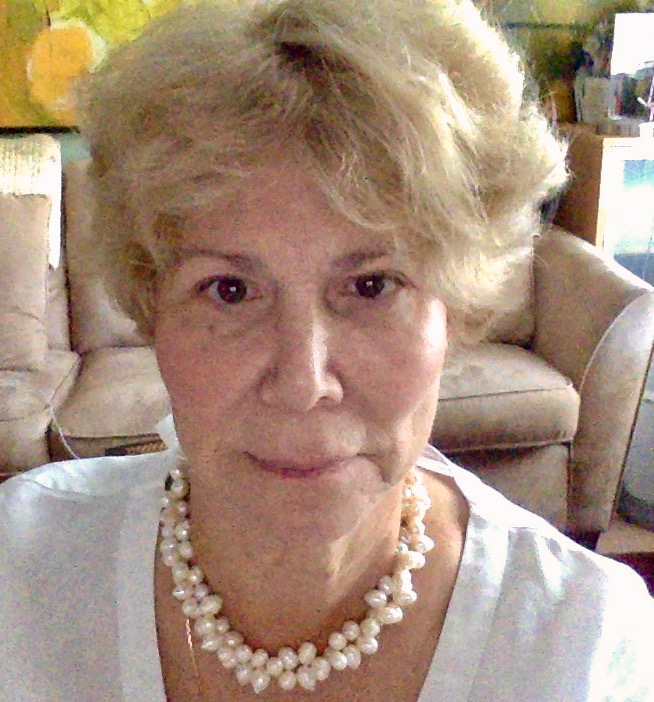Why do airlines insist on feeding passengers when it’s long after the dinner hour? Even after midnight? If passengers haven’t already eaten, it’s because they don’t want to. That is, of course, with the proviso that passengers are fed at all, which is rarely the case when when winging across the country on a domestic flight (except on Continental).
Perhaps you have an answer, but I don’t get it. Most people, it would seem, who board planes at midnight or later, prefer to sleep. Three course meals are rarely on their minds. Flight attendants I know can confirm that passengers may want a drink or two (only for medicinal purposes) to help them doze off. But food isn’t of much interest.
During the past week, I have flown on two long-haul flights that departed after midnight. I was fortunate to be able to upgrade to business class with frequent flier miles. The business-class sections on both legs of each trip were full and most passengers were asleep within minutes after the captain announced it was OK to sit back, recline and relax.
There’s another dining conundrum that in my experience U.S. carriers fail to address. After sleeping for six or seven hours, I wake up ravenous. I don’t expect or want a full dinner. But how about something more substantial than potato chips and chocolate bars? On the last 15-hour-long business class flight I took, I had to beg for a sandwich, which was hijacked by an accommodating flight attendant who raided the first class galley.
After comparing U.S. flights to the ones I recently took on Open Skies from Kennedy to Paris, I shot an email to Chris Vukelich, an executive with the airline. I asked him about shifting the dining timetables.
His response was short and to the point. “Most airlines in business class provide some flexibility when it comes to eating. British Airways offers a program called “Raid the Larder” which allows Club World passengers to choose from sandwiches and other items when they want to eat, even if they have had the regularly scheduled meal or chose not to eat it. The lack of flexibility by most U.S. carriers to their business class passengers is incredible.”
Other airlines, such as both Virgin and BA, provide pre-flight meals in the business/first-class lounge. Passengers can then go right to sleep after take-off. These pre-flight meals are perfect when flying on relatively short overnight hops such as Boston-London or NY-London.
When traveling in Asia, I find it’s worth maintaining a club pass for entrance to business class lounges. These lounges normally offer passengers breakfast, lunch and dinner finger food. They also provide snacks, free alcoholic drinks and free Internet access.
When traveling on Asian airlines, if passengers awaken mid-flight, there is always something to nibble on, no matter the hour. In addition, the staff is gracious about serving a hungry passenger in their seat if the passenger requests.
On most U.S. airlines, passengers often come away with the feeling they’re imposing on the staff.
What is wrong with this picture? There’s cost cutting, but it rarely feels like passengers are the priority. U.S. airlines should learn that it doesn’t take much to buy loyalty but it’s up to the airlines to make the additional efforts.
No one relishes feeling like cattle. Heck, even cattle aren’t fed after midnight.
Karen Fawcett is president of BonjourParis

Karen Fawcett loves to travel anywhere. Karen was a founder & president BonjourParis.com while living in Paris for more than 25 years. She has traveled across Europe and the rest of the world. She is now based in Washington, DC.



